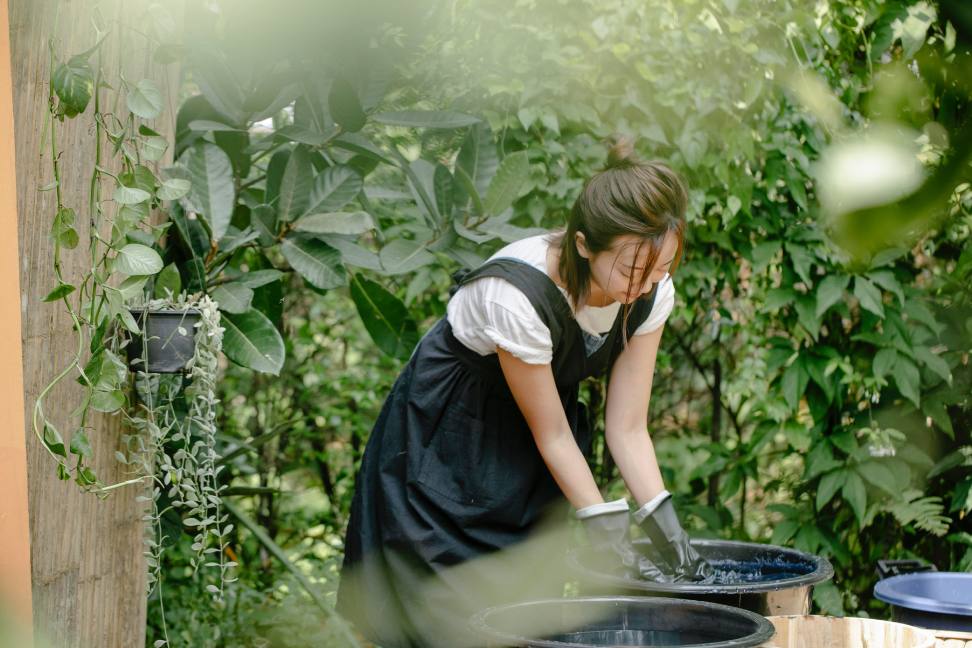King 567, Betbhai247, Apbook247: Natural dyeing in sustainable fashion offers numerous advantages to both the environment and the people involved in the production process. By utilizing plant-based dyes such as indigo, madder root, or turmeric, the harmful chemicals typically found in synthetic dyes are eliminated. This not only reduces the carbon footprint of the fashion industry but also contributes to a healthier working environment for textile workers.
In addition, natural dyeing promotes the preservation of traditional dyeing techniques and heritage crafts. Many communities around the world have been practicing natural dyeing for generations, and by incorporating these methods into modern fashion, we not only support these artisans but also help preserve their cultural identity. This integration of ancient practices into contemporary fashion also adds a unique and artisanal touch to the final garments, appealing to consumers looking for authentic and sustainable fashion choices.
History of Natural Dyeing Techniques
Natural dyeing techniques have been used for centuries, with evidence dating back to as early as 2600 BC in China and India. These ancient civilizations mastered the art of extracting pigments from plants, insects, and minerals to create vibrant and long-lasting dyes. The use of natural dyes spread to different parts of the world through trade routes, leading to the development of a wide variety of techniques and color palettes.
In Europe, natural dyeing techniques became popular during the medieval and Renaissance periods. Plant-based dyes such as madder, weld, and woad were commonly used to color textiles, giving rise to a rich tradition of textile arts. The process of natural dyeing was labor-intensive and required skilled artisans to achieve precise shades and colorfastness. Despite the introduction of synthetic dyes in the 19th century, the art of natural dyeing continues to be valued for its environmentally-friendly and sustainable attributes.
Different Types of Natural Dyes Used in Fashion
Apbook365, Apbook Login, Goexch777: Natural dyes used in fashion come from a variety of sources, each offering unique colors and properties. Indigo, derived from the leaves of the indigo plant, is one of the oldest and most widely used natural dyes in fashion. Known for its deep blue hues, indigo is versatile and commonly used in denim and textiles.
Another popular natural dye is madder root, which produces hues ranging from soft pinks to rich reds. The dye is extracted from the roots of the madder plant and has been utilized for centuries in textiles. Its enduring appeal lies in its ability to create warm and earthy tones that add a touch of natural beauty to clothing and accessories.
What are the benefits of using natural dyes in sustainable fashion?
Using natural dyes reduces the environmental impact of the fashion industry, as they are biodegradable and don’t contain harmful chemicals. They also support local communities and traditional techniques.
How long has natural dyeing been used in fashion?
Natural dyeing techniques have been used for thousands of years, dating back to ancient civilizations.
What are some common types of natural dyes used in fashion?
Some common natural dyes used in fashion include indigo, madder root, turmeric, and cochineal.
Are natural dyes as vibrant as synthetic dyes?
Natural dyes can produce a wide range of colors, but they may not be as vibrant or long-lasting as synthetic dyes. However, they offer a unique and more sustainable alternative.
How can I ensure that natural dyes are used ethically in fashion?
Look for certifications such as GOTS (Global Organic Textile Standard) or Fair Trade to ensure that natural dyes are sourced and used ethically in fashion.
Additional:
- Why Instagram Is Trending?
- What Is Unblocked Games Premium?
- 5 Things You Have To Know About Kanye West New Wife


